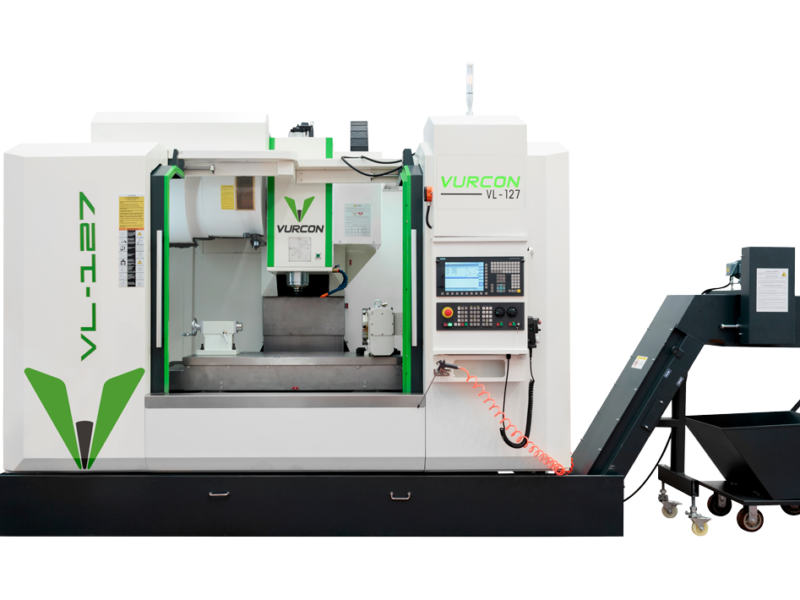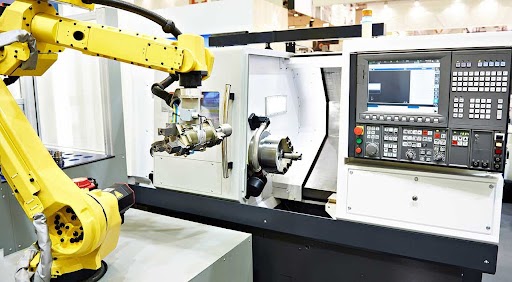
To understand the main points of difference between horizontal and vertical machining centers, we must first stop at another point. Almost any part, tool, utensil, appliance or device you use, no matter how simple or complex it may seem, has generally been mass produced or mass produced. In any case, with the support of industrial machines or equipment, before they reached the stores or counters where they are usually purchased.
Just as everything you usually use has evolved, the development of the industrial sector and its processes and tools is not far behind. Advances in technology have allowed, throughout history, to perfect the methods and procedures related to the large-scale production of different goods.

Among the most significant contributions of technology to the industry are machining centers. These equipment are machine tools that have optimized the operations and results of more traditional industrial devices, such as the milling machine or the manual lathe.
If you are familiar with industrial environments, or have ever entered a workshop, you will have been able to distinguish the appearance of a machining center. In general terms, it is a cubicle that can come in different sizes, and that has a set of devices that perform one or more specific tasks.
The appearance may vary and this may be closely linked to the type of equipment and its functions. In general, there are two types of machining centers : horizontal and vertical. Throughout this text you will learn what their main characteristics, advantages and functions that each one plays within industrial production.
What is a machining center?
Machining centers are tools in the form of machinery, implemented in the industrial sector. These use different machining techniques, in generally rigid materials , to produce parts. This result may constitute final products or simply parts to be assembled into more complex goods. These equipment represent the technological evolution of older machinery, such as the milling machine, the lathe and the drill, among others.
The main distinction, in relation to older equipment, is the automation of processes. A machining center has three main components that characterize it: Computer Numerical Control (CNC), multiple cutting and machining devices, and an automatic tool changer.
The aforementioned characteristics favor increasingly greater demands in industrial processes, such as the optimization of time and resources, increased productivity, greater precision in work and the guarantee of occupational safety.
Vertical and horizontal machining centers
Machining centers are classified by multiple characteristics, such as size, functionalities and levels of automation. However, the most general distinction is made from the orientation of the working spindle. It can be horizontal or vertical. The points of difference between horizontal and vertical machining centers are generally shown below.
| Vertical machining centers | The work axis is a rotating head that executes different machining techniques on the material, from top to bottom. Work mainly on the upper area of the piece. In this sense, it is especially intended for the treatment of flat objects with cavities or indentations, as well as for the creation of patterns or molds. The work table, for its part, moves horizontally along the X and Y axes, which, added to the movement of the spindle, results in triaxial machining. In general, it is a work equipment with reduced installation space, and that makes it a more economical and popular option. The machining process allows us to observe the progress of the part, in comparison to the design programmed for it. |
| Horizontal machining centers | The main axes of work on the material are located laterally. The main function is to execute the machining of the same part in different parts. In this sense, it is intended for the treatment of large pieces. In certain equipment, the material can be tilted and adopt certain positions to adjust to the work axes, according to the programmed parameters. The machining of this type of equipment can use movements in three or four axes, each one in different directions, which that allow a three-dimensional treatment of the piece. An advantage is that the material can be worked on up to four surfaces simultaneously, which reduces human intervention, as there is no need to manually move the piece. Due to the arrangement of the spindles and the movement of the piece, the chips or material residues fall and do not accumulate on the object or on the cutting tools. |

Conclusions
Since its birth and until today, the industry by nature has been responsible for the transformation of primary materials into goods. This task has been focused on its subsequent commercialization, distribution or use on a large scale. It is the secondary sector of the productive economy, as it serves as a link between the processes of obtaining raw materials (primary sector) and the marketing and generation of benefits from finished products (tertiary sector).
In general, all the objects that are part of daily life today, or that are around you, are the result of a set of mechanical industrial processes, executed with tools with multiple characteristics and adjusted to different design parameters, functionality and finishing, among other aspects determined for production.








